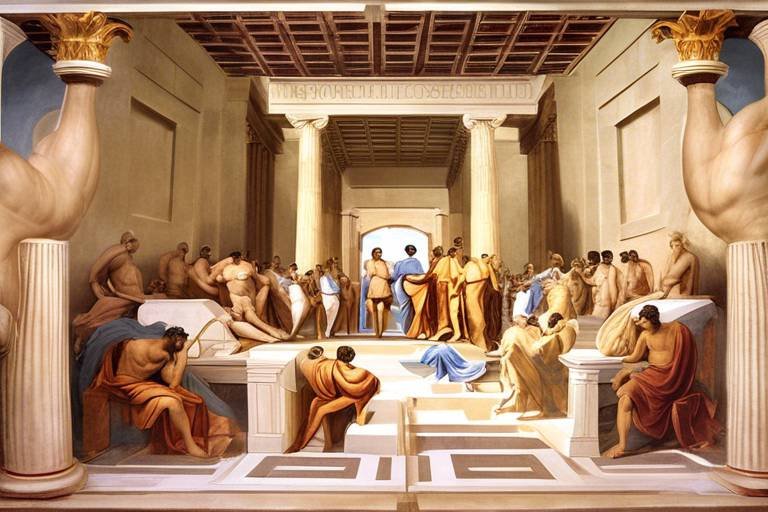The Discovery of the Ancient Egyptian Royal Tombs
The ancient Egyptian royal tombs stand as timeless marvels that continue to intrigue and mesmerize us with their rich history and profound significance. These tombs, shrouded in mystery and grandeur, serve as portals to a bygone era, offering glimpses into the lives and beliefs of the pharaohs and queens who once ruled the land of the Nile.
Imagine the awe-inspiring moment when archaeologists first stumbled upon these hidden treasures buried beneath the sands of time. The thrill of uncovering ancient artifacts, intricate murals, and elaborate burial chambers that have remained untouched for millennia is akin to unraveling a captivating mystery novel where each page reveals a new revelation.
As we delve into the depths of the Valley of the Kings, the resting place of legendary pharaohs like Tutankhamun and Ramses II, we are transported back in time to an era of opulence and grandeur. The architectural marvels and intricate hieroglyphics adorning the walls of these tombs speak volumes about the advanced civilization that thrived along the banks of the Nile.
The discovery of Tutankhamun's intact tomb by Howard Carter in 1922 sent shockwaves through the archaeological world, unveiling a treasure trove of priceless artifacts that offered a rare glimpse into the life and death of the boy king. The intricate treasures found within the tomb shed light on the opulence and spiritual beliefs of the ancient Egyptians, showcasing their reverence for the afterlife.
Not to be overshadowed are the royal tombs dedicated to the powerful queens of Egypt, such as Nefertari and Hatshepsut, who played pivotal roles in shaping the country's history. These majestic tombs pay homage to the influential women who stood alongside their pharaohs, leaving behind a legacy that continues to inspire and intrigue us to this day.
And who can forget the iconic Pyramids of Giza, the monumental tombs of pharaohs Khufu, Khafre, and Menkaure, which have stood the test of time as enduring symbols of Egyptian civilization? These architectural wonders, built with mathematical precision and astronomical alignment, continue to baffle and awe visitors from around the world.
Delving into the intricate funerary practices and rituals associated with ancient Egyptian royal tombs reveals a civilization deeply rooted in spiritual beliefs and reverence for the afterlife. From the meticulous process of mummification to the sacred texts of the Book of the Dead, every ritual was performed with utmost care and devotion to ensure the safe passage of the deceased into the afterlife.
Despite centuries of exploration and excavation, the ancient Egyptian royal tombs still hold secrets waiting to be unearthed. Recent archaeological discoveries have shed new light on the lives of the pharaohs and queens, offering fresh insights that challenge our understanding of this ancient civilization and its enduring legacy.
As we ponder the enduring myth of the Curse of the Pharaohs, the ominous belief that those who disturb the slumber of the ancient royals will face dire consequences, we are reminded of the delicate balance between exploration and preservation. The scientific explanations behind this myth serve as a cautionary tale, urging us to respect and protect these invaluable treasures for future generations.
The preservation efforts dedicated to safeguarding the ancient Egyptian royal tombs are a testament to our commitment to honoring and cherishing the legacy of this remarkable civilization. Through meticulous conservation and restoration work, we ensure that these timeless wonders continue to inspire and educate generations to come, preserving their cultural and historical significance for eternity.

The Valley of the Kings
The Valley of the Kings, located on the west bank of the Nile near Luxor, is a mesmerizing archaeological site that has captured the imagination of explorers and historians for centuries. This ancient necropolis served as the burial ground for numerous pharaohs, including the famous Tutankhamun and Ramses II, showcasing the grandeur and sophistication of ancient Egyptian burial practices.
The Valley of the Kings stands as a testament to the architectural prowess of the ancient Egyptians, with its intricate tombs carved deep into the rock formations of the desert. These elaborate structures, adorned with intricate hieroglyphics and colorful frescoes, offer a glimpse into the beliefs and rituals surrounding death and the afterlife in ancient Egypt.
One of the most renowned tombs in the Valley is that of Tutankhamun, discovered nearly intact by Howard Carter in 1922. The discovery of this tomb, filled with a treasure trove of artifacts and riches, sent shockwaves through the archaeological world and provided invaluable insights into the life and reign of the young pharaoh.
Exploring the Valley of the Kings is like stepping back in time, as each tomb holds a story waiting to be uncovered. From the grandeur of the burial chambers to the intricate details of the funerary rituals depicted on the walls, every corner of this ancient site is steeped in history and mystery.
Visiting the Valley of the Kings is a truly awe-inspiring experience, offering visitors a chance to connect with the ancient past and marvel at the ingenuity of the Egyptian civilization. As the sun sets over the desert landscape, casting a golden glow on the ancient tombs, one can't help but feel a sense of wonder and reverence for the pharaohs who once ruled this land.

Tomb of Tutankhamun
Delving into the iconic discovery of Tutankhamun's intact tomb by Howard Carter in 1922 was a momentous event in the field of archaeology. The unearthing of this ancient treasure trove unveiled the splendor of the artifacts and the intricate burial customs of the young pharaoh. The tomb of Tutankhamun, also known as KV62 in the Valley of the Kings, provided a rare glimpse into the opulence and symbolism of ancient Egyptian royalty.
The meticulous excavation of the tomb revealed a wealth of treasures, including the famous golden death mask that adorned the pharaoh's mummified remains. Intricate jewelry, ceremonial objects, chariots, and furniture were among the thousands of artifacts found within the tomb, each offering insights into the beliefs and practices of the ancient Egyptians.
Howard Carter's discovery of Tutankhamun's tomb captured the world's imagination, sparking a renewed interest in Egyptology and ancient history. The meticulous documentation of the tomb's contents and the preservation efforts that followed have ensured that future generations can continue to marvel at the legacy of this enigmatic pharaoh.
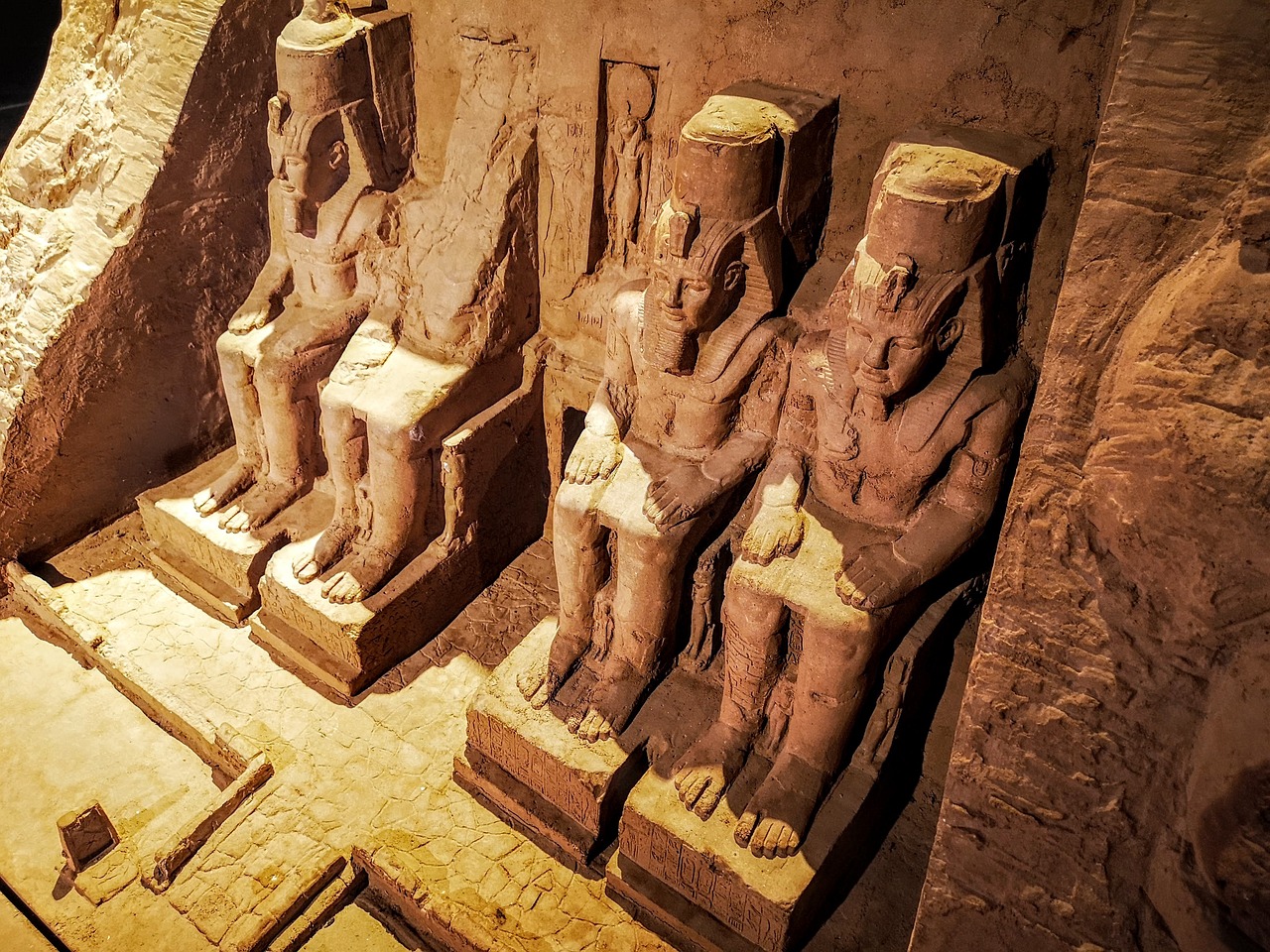
Queens of Egypt
Queens of Egypt have played a significant role in shaping the history and culture of ancient Egypt. Among the most prominent queens are Nefertari and Hatshepsut, who left a lasting legacy with their remarkable achievements and contributions. Nefertari, the beloved wife of Ramses II, was known for her beauty and intelligence, as well as her active role in diplomacy and state affairs. Her exquisite tomb in the Valley of the Queens reflects her status as a powerful queen.
On the other hand, Hatshepsut made history as one of the few female pharaohs, ruling Egypt with strength and wisdom during the 18th dynasty. Her mortuary temple at Deir el-Bahari is a masterpiece of ancient Egyptian architecture, showcasing her innovative reign and divine status. These queens not only held positions of authority but also left behind a cultural legacy that continues to fascinate historians and archaeologists.
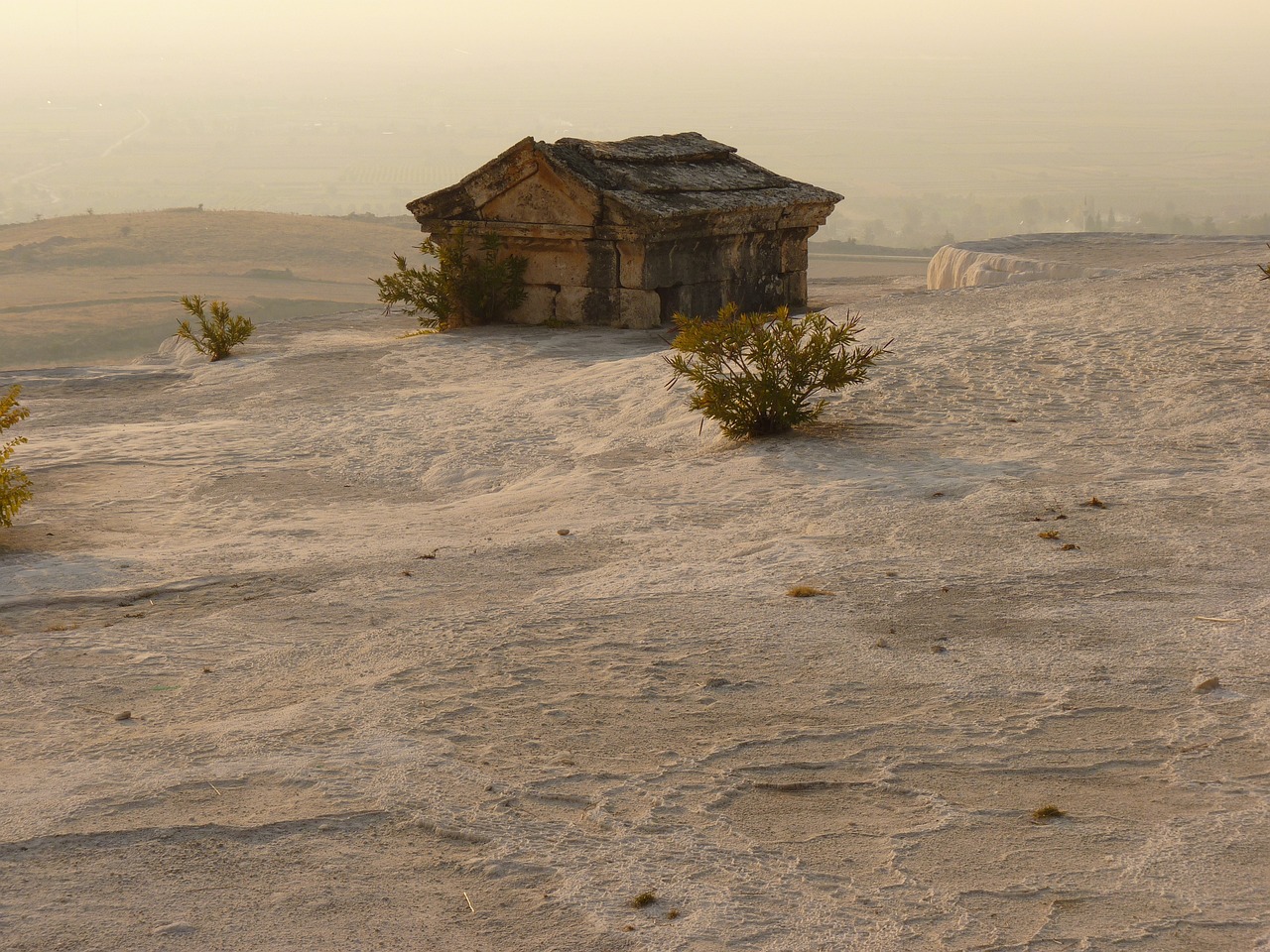
Pyramids of Giza
The Pyramids of Giza stand as timeless sentinels, symbolizing the grandeur and ingenuity of ancient Egyptian civilization. These monumental structures, built as tombs for the pharaohs Khufu, Khafre, and Menkaure, continue to mystify and awe visitors from around the world. The Great Pyramid of Khufu, the largest of the three, is a marvel of engineering, with its precise alignment to the cardinal points and massive limestone blocks that form its towering structure.
Each pyramid at Giza is surrounded by a complex of buildings and structures, including mortuary temples and causeways, offering insights into the religious beliefs and funerary practices of the ancient Egyptians. The Sphinx, with its enigmatic gaze, guards the pyramids, adding to the aura of mystery that shrouds this archaeological site.
Visitors to the Pyramids of Giza can marvel at the intricate hieroglyphs and inscriptions that adorn the walls of the burial chambers, depicting scenes from the pharaohs' journey to the afterlife. The sheer scale and precision of the construction leave observers in awe of the craftsmanship and dedication of the ancient builders.
Despite the passage of millennia, the Pyramids of Giza continue to capture the imagination, inviting us to ponder the legacy of a civilization that achieved monumental feats of architecture without modern technology. Standing as a testament to human ambition and creativity, these ancient wonders endure as symbols of Egypt's rich cultural heritage.
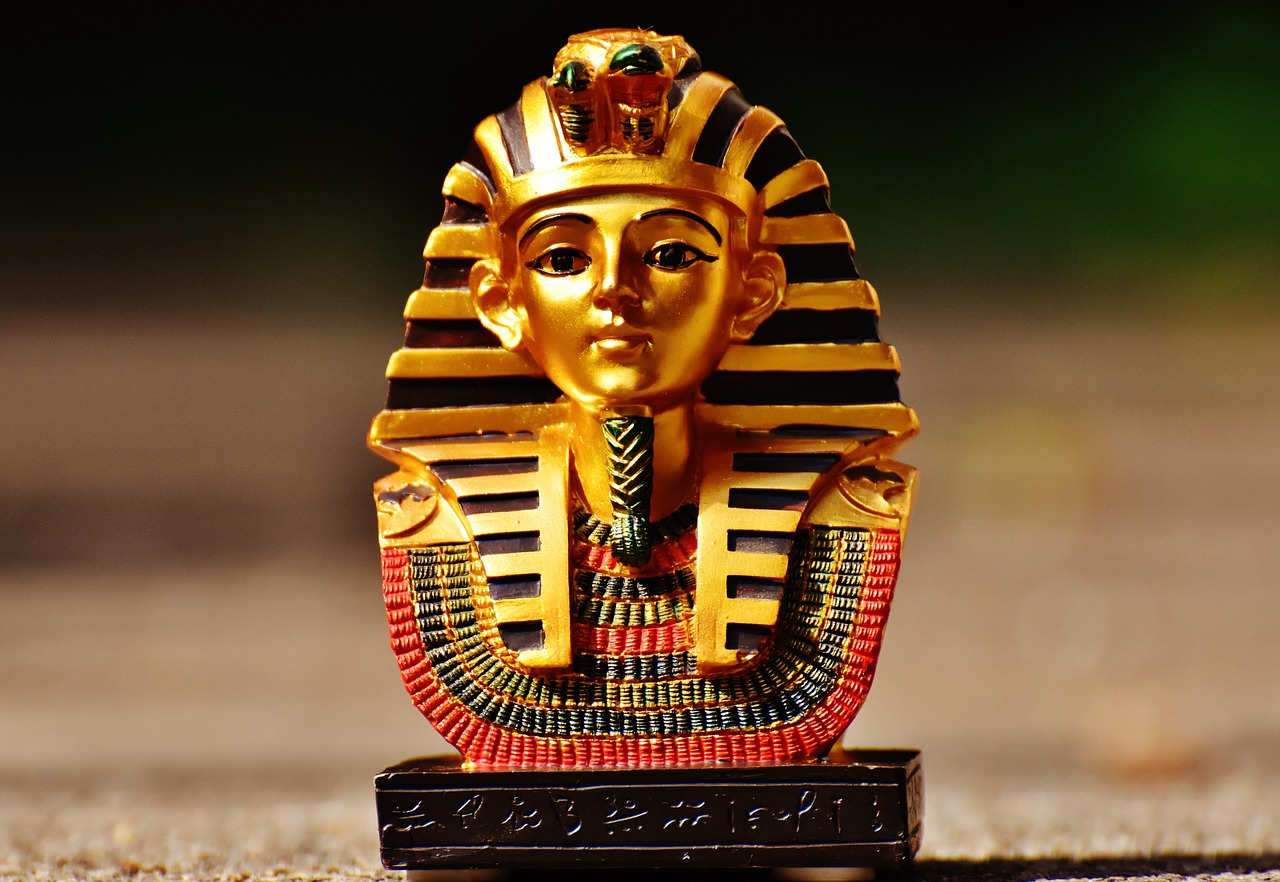
Funerary Practices
Funerary practices in ancient Egypt were intricate and deeply rooted in the belief in the afterlife. The process of mummification, a central aspect of these practices, involved preserving the body to ensure the deceased's successful journey to the afterlife. This meticulous procedure included removing internal organs, desiccating the body with natron salts, and wrapping it in linen bandages. The goal was to maintain the physical form for the soul to recognize in the afterlife, emphasizing the importance of the body's preservation.
Moreover, the ancient Egyptians believed in the existence of the Book of the Dead, a collection of spells and incantations to guide the deceased through the underworld and into the afterlife. These texts, often inscribed on papyrus scrolls and buried with the deceased, served as a roadmap for navigating the challenges of the afterlife and achieving eternal life.
Funerary rituals also played a significant role in ancient Egyptian burial practices. The funeral procession, led by priests and mourners, accompanied the deceased to their final resting place, where offerings and prayers were made to ensure the deceased's well-being in the afterlife. Elaborate tombs, filled with treasures and provisions for the journey, reflected the belief in a luxurious afterlife for the pharaohs and nobles.
The intricate nature of funerary practices in ancient Egypt highlights the profound significance placed on death and the afterlife in Egyptian society. These rituals and beliefs not only provided comfort to the living but also served to honor and sustain the memory of the deceased for eternity.
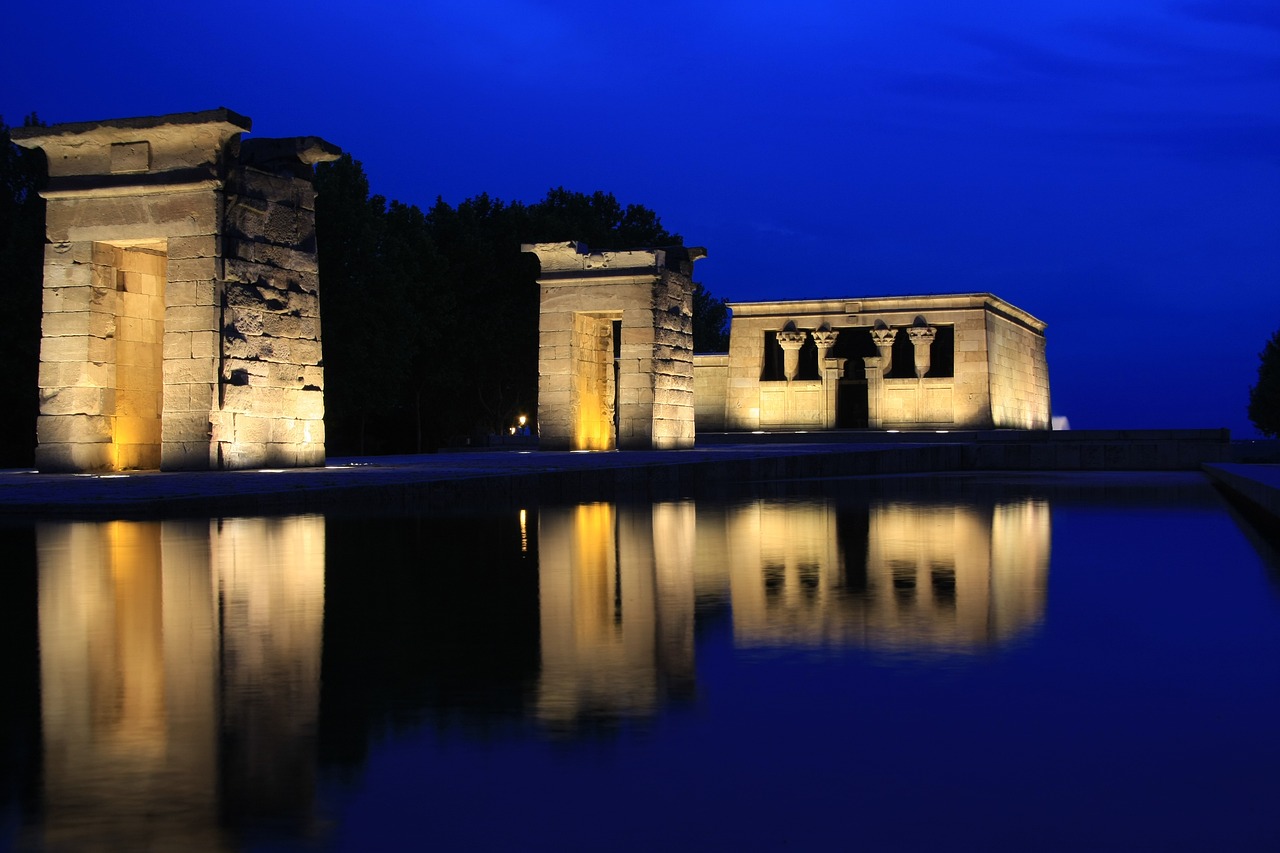
Recent Discoveries
Exploring the fascinating history and significance of the ancient Egyptian royal tombs, shedding light on the discoveries that have captivated archaeologists and historians for centuries.
Unveiling the mysteries of the Valley of the Kings, the renowned burial site of pharaohs such as Tutankhamun and Ramses II, showcasing its architectural marvels and treasures.
Delving into the iconic discovery of Tutankhamun's intact tomb by Howard Carter in 1922, revealing the splendor of the artifacts and the pharaoh's burial customs.
Exploring the royal tombs dedicated to the powerful queens of ancient Egypt, including Nefertari and Hatshepsut, and their roles in shaping the country's history.
Unraveling the secrets of the Great Pyramids of Giza, the monumental tombs of pharaohs Khufu, Khafre, and Menkaure, and their enduring legacy in Egyptian civilization.
Investigating the elaborate funerary practices and rituals associated with ancient Egyptian royal tombs, from mummification to the Book of the Dead.
Highlighting the latest archaeological findings related to ancient Egyptian royal tombs, including new tombs, artifacts, and insights that continue to enrich our understanding of the past.
Examining the enduring myth of the Curse of the Pharaohs surrounding the opening of royal tombs, its origins, and the scientific explanations behind the phenomenon.
Discussing the challenges and efforts involved in preserving and protecting the ancient Egyptian royal tombs for future generations, ensuring their cultural and historical significance endures.
Coming soon...
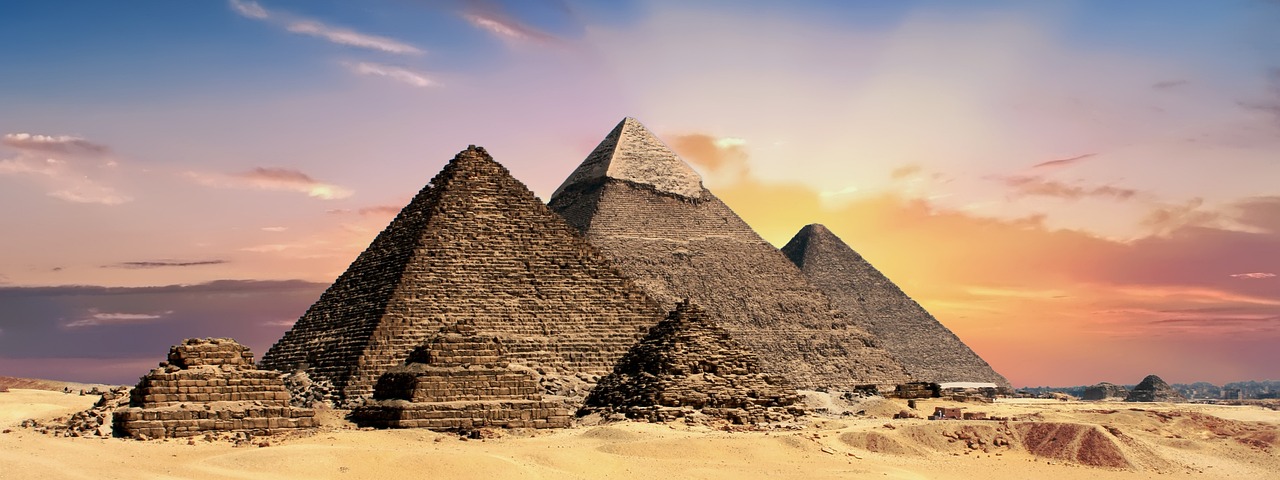
Curse of the Pharaohs
Have you ever heard of the legendary ? This mysterious and chilling phenomenon has long captured the imagination of people around the world, sparking tales of doom and misfortune surrounding the opening of ancient Egyptian royal tombs. But where did this curse originate, and is there any truth behind the stories that have been passed down through generations?
Legend has it that those who disturb the rest of the pharaohs by entering their tombs will be met with a series of tragic events and untimely deaths. The most famous example often cited is the case of the discovery of Tutankhamun's tomb by Howard Carter in 1922, where several members of the expedition party reportedly met unfortunate fates shortly after the tomb's opening. But is this truly the result of a curse, or is there a more rational explanation behind these occurrences?
Scientists and archaeologists have sought to unravel the mystery of the Curse of the Pharaohs, attributing the supposed curse to a combination of factors such as ancient superstitions, the presence of toxic substances in the tombs, and psychological suggestion. While some may dismiss the curse as mere coincidence or exaggeration, the allure of the unknown and the supernatural continues to intrigue and fascinate those who delve into the world of ancient Egyptian royalty.
Despite the advancements in modern science and technology, the enigma of the Curse of the Pharaohs remains a topic of debate and speculation, adding an element of mystique to the already captivating realm of ancient Egyptian history. As we continue to uncover the secrets of the past through archaeological discoveries, the legends and myths surrounding the royal tombs of Egypt serve as a reminder of the enduring power of storytelling and the human fascination with the unexplained.

Curse of the Pharaohs
The is a mysterious legend that has captured the imagination of people around the world. According to the myth, any person who disturbs the resting place of an ancient Egyptian pharaoh will be cursed with misfortune or even death. This belief gained prominence after a series of unusual events surrounding the opening of Tutankhamun's tomb by Howard Carter in 1922.
While some attribute the so-called curse to supernatural forces, others point to more rational explanations. One theory suggests that the curse was perpetuated by the media to sensationalize the discoveries and add an air of mystery to the archaeological expeditions. Another explanation revolves around the presence of toxic substances such as mold spores or ancient bacteria in the tombs, which could have caused illness among those who entered.
Despite the scientific skepticism surrounding the curse, the legend continues to intrigue and fascinate both scholars and the general public. The allure of the unknown and the mystique of ancient Egyptian rituals contribute to the enduring appeal of the Curse of the Pharaohs, keeping alive the aura of mystery that shrouds the royal tombs of Egypt.
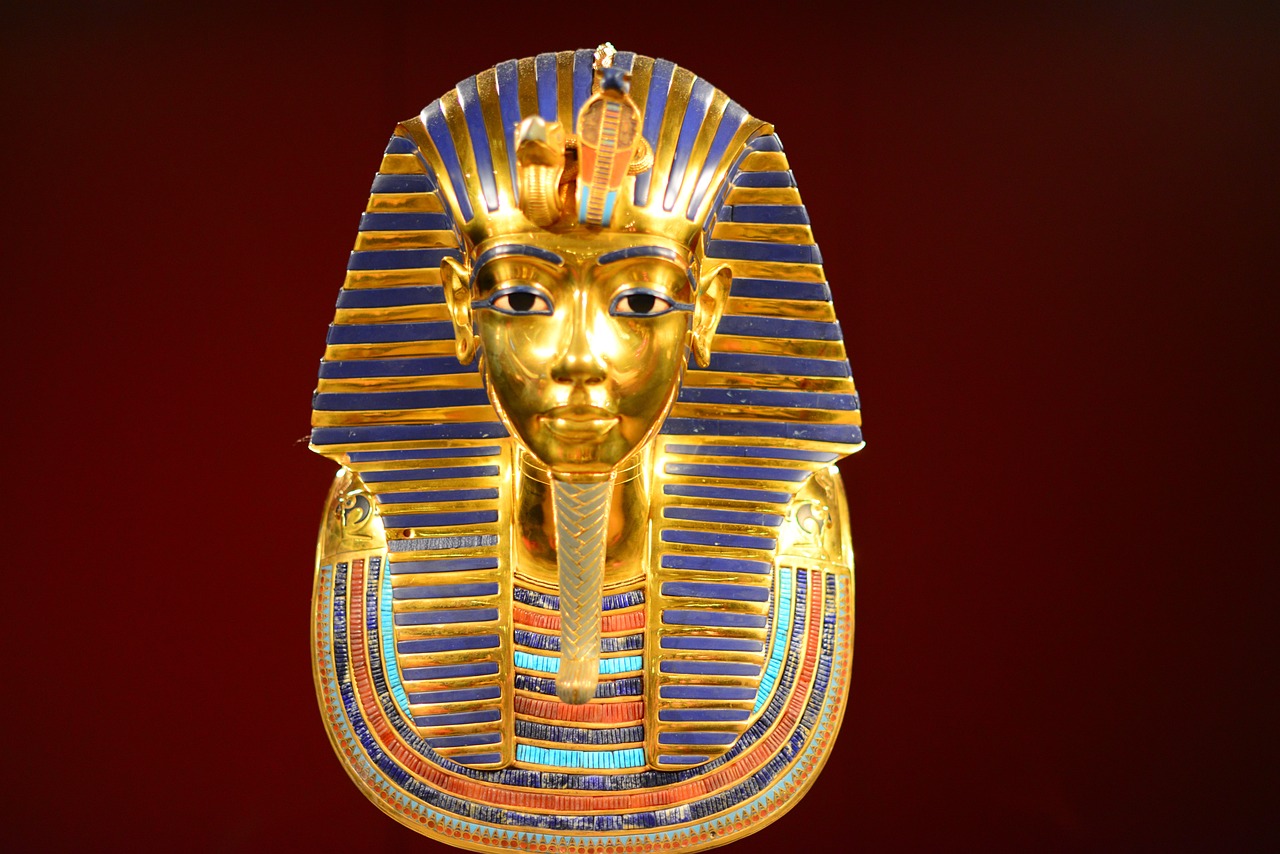
surrounding the opening of royal tombs, its origins, and the scientific explanations behind the phenomenon.
The Curse of the Pharaohs is a legendary belief that has captured the imagination of people worldwide. It is said to be a curse that befalls anyone who disturbs the rest of an ancient Egyptian pharaoh by opening their tomb. The origins of this curse can be traced back to the early 20th century when a series of mysterious deaths occurred following the opening of Tutankhamun's tomb by Howard Carter. These incidents fueled speculation and superstition, giving rise to the myth of the curse.
Despite the sensationalism surrounding the Curse of the Pharaohs, many scientists and archaeologists dismiss it as mere coincidence. They attribute the reported deaths to natural causes, such as bacterial infections or exposure to toxic substances present in the tombs. The lack of concrete evidence linking the deaths to a supernatural curse has led many to view the curse as a product of myth and imagination rather than reality.
Furthermore, modern scientific explanations provide a rational perspective on the alleged curse. The presence of harmful microorganisms in the enclosed environment of the tombs, combined with the decay of organic materials and chemical reactions, can create hazardous conditions for those who come into contact with the artifacts. These scientific factors offer a plausible explanation for the health issues experienced by individuals involved in the excavation and exploration of royal tombs.

Preservation Efforts
Preserving the ancient Egyptian royal tombs is a monumental task that requires dedication and expertise. The delicate nature of the artifacts and structures within these tombs necessitates meticulous care and conservation efforts to ensure their longevity. Archaeologists and conservationists work tirelessly to protect these invaluable treasures from the ravages of time and environmental factors.
One of the key challenges in preserving the royal tombs is the threat of deterioration due to humidity, temperature fluctuations, and exposure to light. These factors can accelerate the decay of organic materials such as wood, textiles, and human remains, compromising the integrity of the tombs. To combat this, specialized conservation methods are employed, including controlled environments, protective coatings, and regular monitoring.
Another crucial aspect of preservation efforts is the ongoing research and documentation of the tombs. By studying the materials used in construction, the techniques employed by ancient craftsmen, and the inscriptions and decorations adorning the walls, experts gain valuable insights into the culture and beliefs of the ancient Egyptians. This knowledge not only aids in conservation but also contributes to our understanding of the past.
Collaboration between international organizations, local authorities, and academic institutions plays a vital role in the preservation of the royal tombs. Through joint initiatives, funding, and knowledge sharing, experts can exchange best practices, implement innovative conservation strategies, and raise awareness about the importance of safeguarding these cultural heritage sites for future generations.
Moreover, public education and engagement are essential components of preservation efforts. By raising awareness about the significance of the royal tombs and the challenges they face, communities can become advocates for their protection. Encouraging responsible tourism, promoting sustainable practices, and fostering respect for the cultural heritage of Egypt are integral to ensuring the continued preservation of these historic sites.
In conclusion, the preservation efforts surrounding the ancient Egyptian royal tombs are a testament to the dedication and passion of those committed to safeguarding our shared heritage. By employing advanced conservation techniques, conducting research, fostering collaboration, and promoting public awareness, we can ensure that these extraordinary monuments endure for generations to come.
Frequently Asked Questions
- What is the significance of the Valley of the Kings?
The Valley of the Kings served as the burial ground for numerous pharaohs of the New Kingdom in ancient Egypt. It is renowned for its intricate tombs, rich with hieroglyphic inscriptions and elaborate decorations, offering invaluable insights into the afterlife beliefs and practices of the ancient Egyptians.
- How was Tutankhamun's tomb discovered?
Tutankhamun's tomb was discovered by British archaeologist Howard Carter in 1922 in the Valley of the Kings. The tomb, remarkably intact and filled with a vast array of treasures, provided a rare glimpse into the life and belongings of a young pharaoh, captivating the world with its splendor.
- What are some recent discoveries in ancient Egyptian royal tombs?
Recent archaeological discoveries have unveiled new tombs, artifacts, and insights related to ancient Egyptian royalty. These findings continue to expand our knowledge of the past, offering fresh perspectives on the lives and customs of the pharaohs and queens who ruled over Egypt.
- Is there any truth to the Curse of the Pharaohs?
The Curse of the Pharaohs is a myth surrounding the belief that those who disturb the tombs of ancient Egyptian pharaohs will face misfortune or death. While there have been unusual occurrences linked to some excavations, scientific explanations attribute these events to natural causes rather than a supernatural curse.
- How are the ancient Egyptian royal tombs being preserved?
Preserving the ancient Egyptian royal tombs involves a combination of conservation efforts, monitoring, and controlled access to protect these invaluable historical sites. Various organizations and experts work tirelessly to safeguard the tombs and their contents for future generations to appreciate and study.




